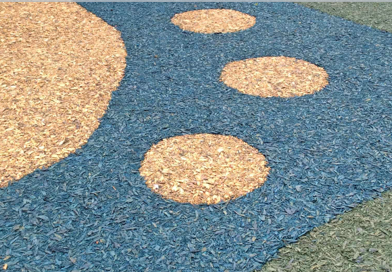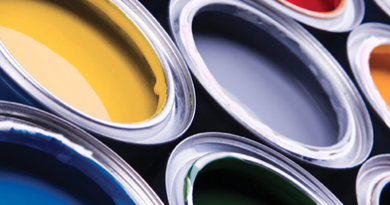
Rubber & Adhesive
The Rubber & Adhesive industry is a large, interconnected sector that provides essential materials for construction, automotive, electronics, packaging, footwear, medical devices, and many other applications. It plays a critical role in modern manufacturing and infrastructure because rubber offers flexibility, durability, and resilience, while adhesives enable bonding of diverse materials without mechanical fasteners. Let’s break it down:
1. Rubber Industry
Rubber is a versatile polymer material that can be natural (from latex sap of Hevea brasiliensis) or synthetic (derived from petroleum-based monomers).
Types of Rubber
-
Natural Rubber (NR):
-
Harvested from rubber trees.
-
High tensile strength, elasticity, and resistance to wear.
-
Used in tires, gloves, footwear, and seals.
-
-
Synthetic Rubber:
-
Produced via petrochemical processes.
-
Examples: Styrene-Butadiene Rubber (SBR), Nitrile Butadiene Rubber (NBR), Ethylene Propylene Diene Monomer (EPDM), Butyl Rubber.
-
Offers resistance to oil, heat, chemicals, and weathering.
-
Widely used in automotive parts, industrial seals, hoses, conveyor belts.
-
Key Applications
-
Automotive: Tires, hoses, seals, gaskets, vibration dampers.
-
Construction: Roofing membranes, flooring, expansion joints.
-
Medical: Gloves, tubing, catheters.
-
Consumer Goods: Footwear, sporting goods, household items.
Industry Trends
-
Rising demand for eco-friendly rubber (bio-based and recycled).
-
Growth in electric vehicles, requiring specialized tires and vibration dampening materials.
-
Advances in nanotechnology and additives for high-performance rubber compounds.
2. Adhesive Industry
Adhesives are substances used to bond two surfaces together. They can be derived from natural sources or synthesized chemically.
Types of Adhesives
-
Water-based Adhesives: Safe, eco-friendly, used in packaging, paper, and textiles.
-
Solvent-based Adhesives: Strong bonding but declining due to VOC (volatile organic compound) concerns.
-
Hot-Melt Adhesives (HMA): Thermoplastic adhesives applied molten, solidify quickly—common in packaging and furniture.
-
Pressure-Sensitive Adhesives (PSA): Stick at room temperature with light pressure—used in tapes, labels, stickers.
-
Structural Adhesives: Epoxy, polyurethane, cyanoacrylate—used in aerospace, automotive, and construction.
Key Applications
-
Automotive: Bonding parts, windshields, interior trim.
-
Construction: Flooring, panels, insulation materials.
-
Electronics: Component assembly, thermal adhesives.
-
Medical: Wound dressings, transdermal patches.
-
Packaging: Carton sealing, labeling.
Industry Trends
-
Development of green adhesives (bio-based, recyclable, low-VOC).
-
Smart adhesives for electronics and medical devices.
-
Demand growth in lightweight bonding for aerospace and EV industries.
3. Interconnection of Rubber & Adhesive Industries
The two industries often overlap:
-
Rubber-based adhesives (contact cements, latex adhesives) are widely used in footwear, furniture, and automotive applications.
-
Adhesives are critical in rubber-to-metal bonding (engine mounts, vibration isolators).
-
Sealants (closely related to adhesives) complement rubber in construction and automotive.
4. Market Outlook
-
The global rubber industry is expected to grow steadily, driven by the automotive, construction, and healthcaresectors.
-
The adhesives market is expanding, especially in Asia-Pacific, due to rising demand for packaging, construction, and electronics.
-
Both industries face pressure to innovate with sustainable materials and comply with environmental regulations.
The Rubber & Adhesive industry forms the backbone of multiple modern industries by offering solutions for flexibility, bonding, and durability. While rubber ensures resilience and adaptability, adhesives provide versatile joining solutions. Both are evolving rapidly with a focus on sustainability, advanced performance, and technological integration.


